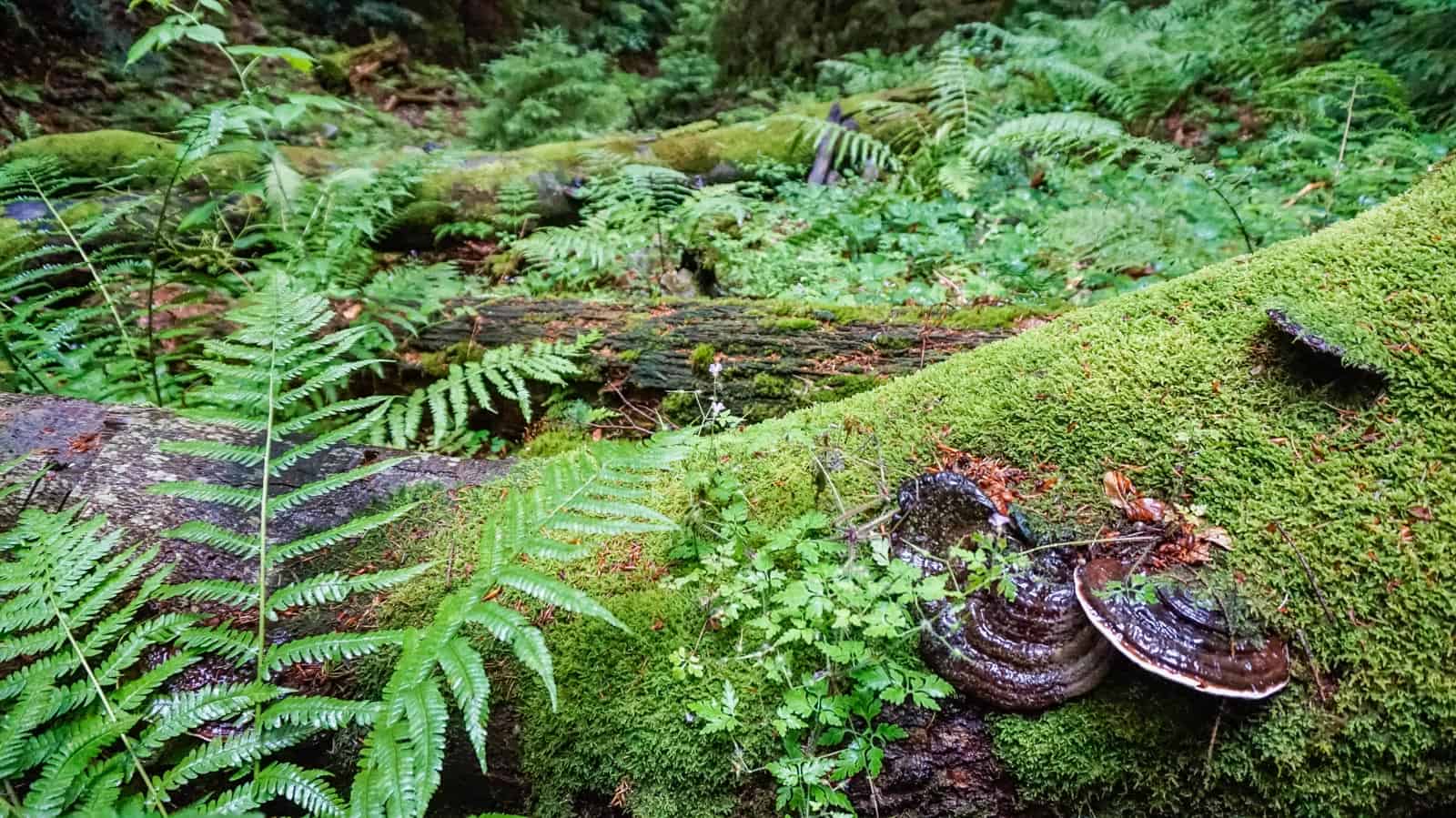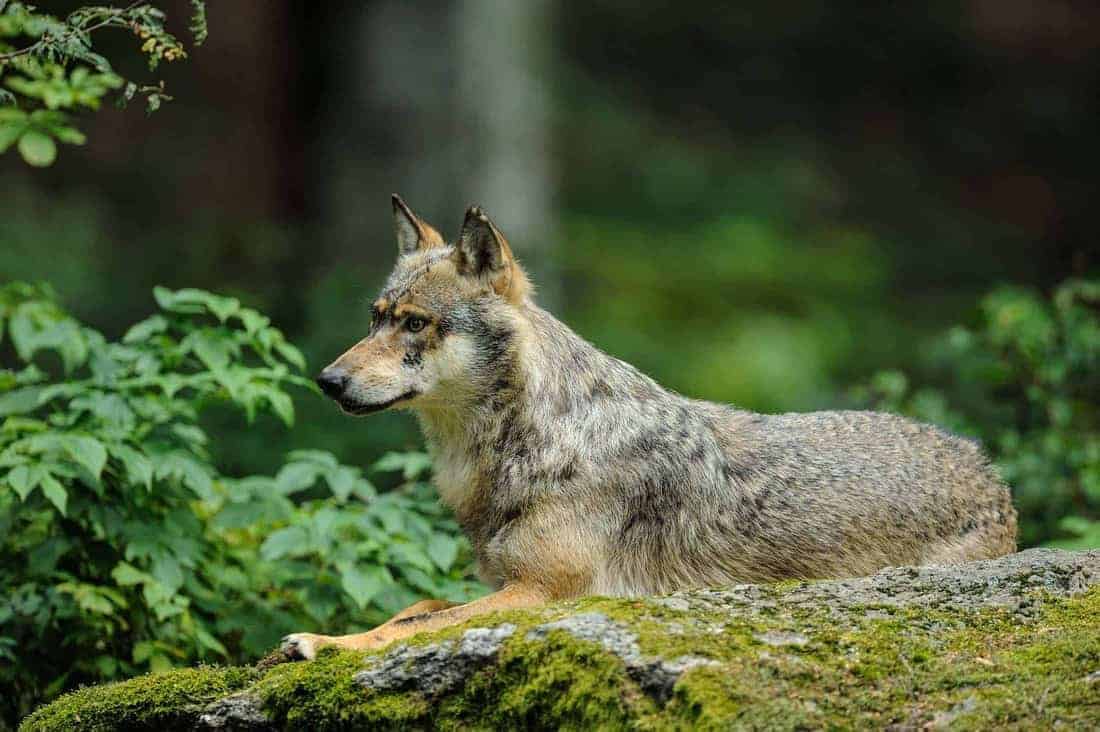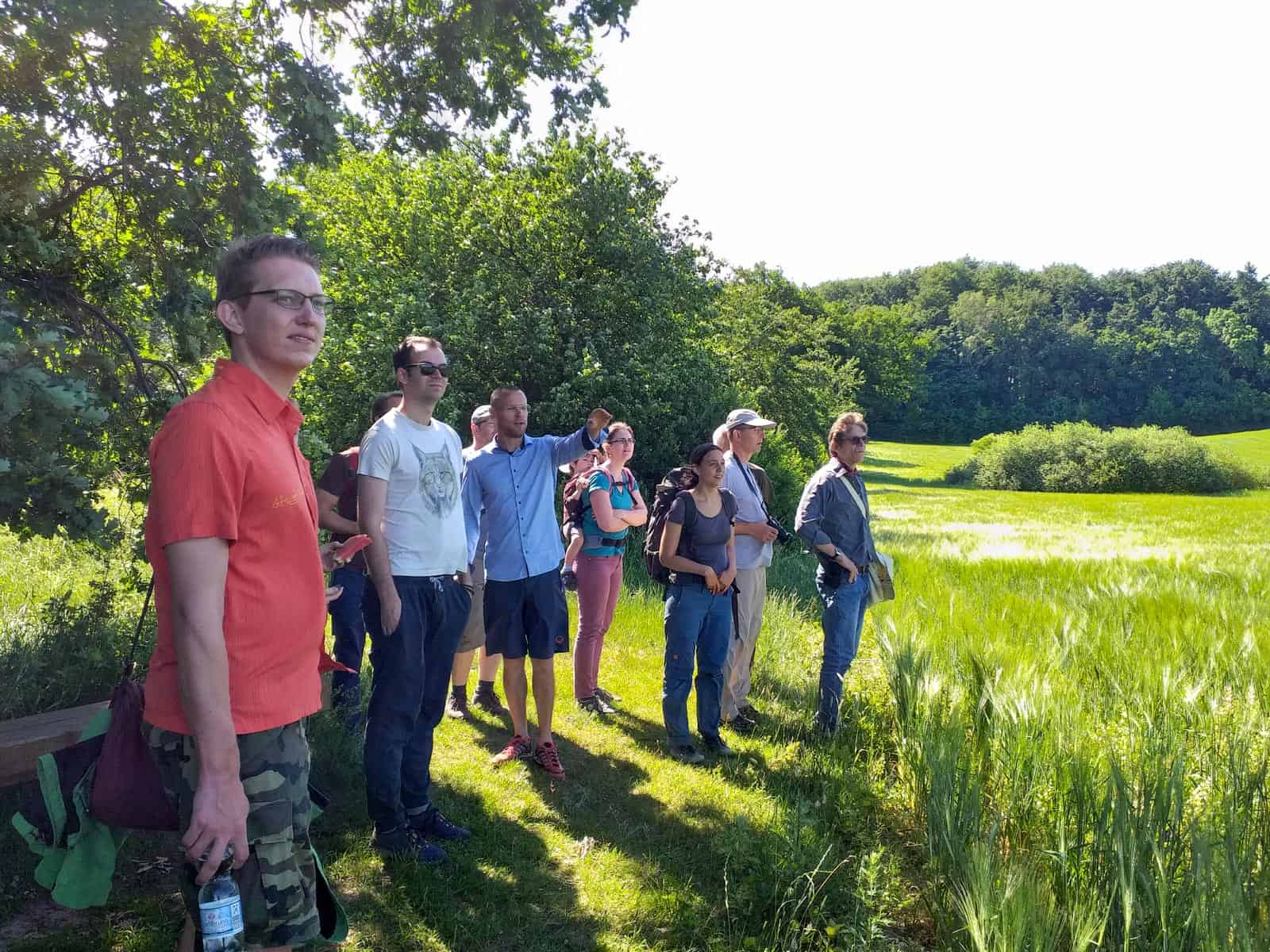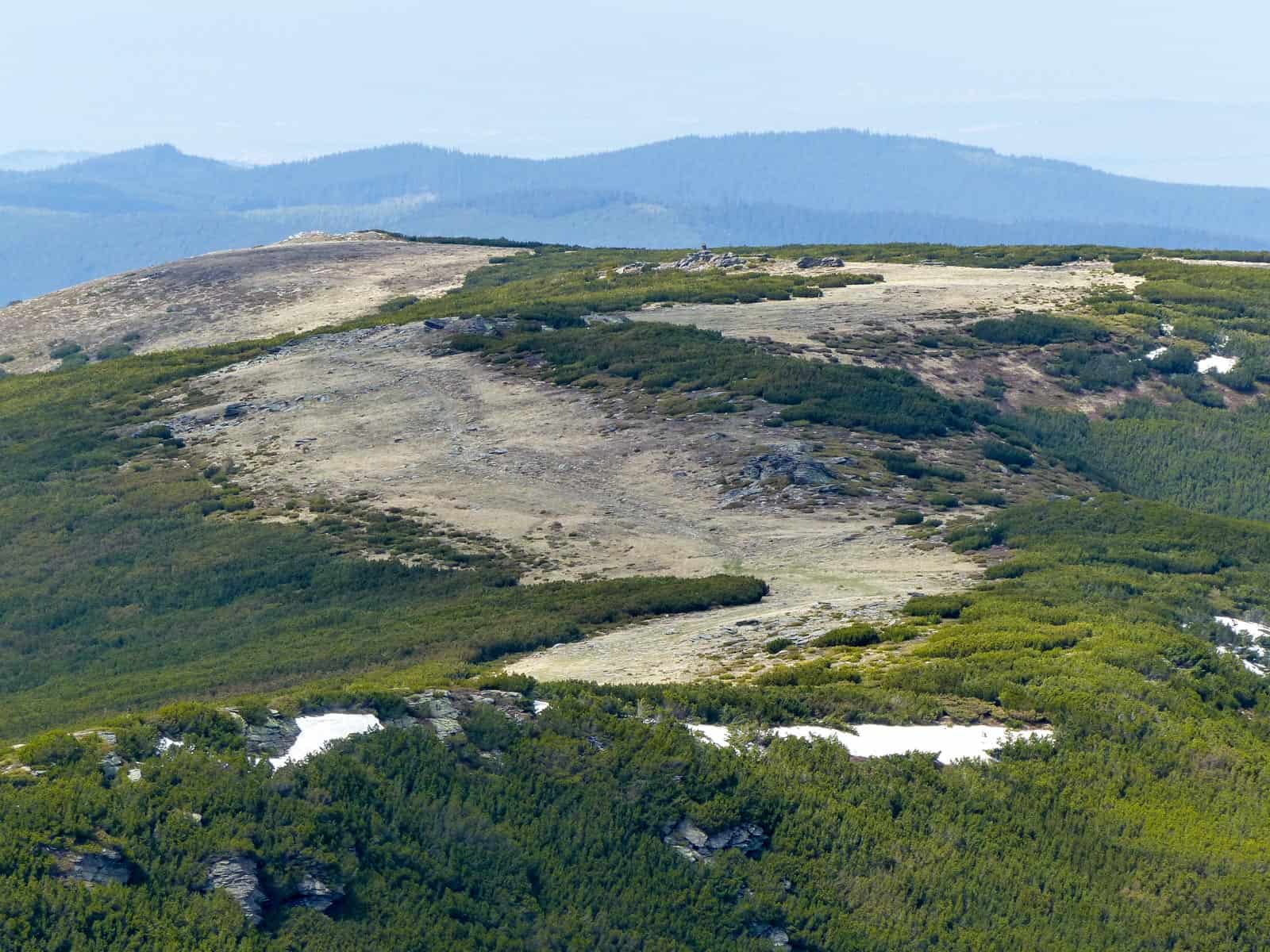Responsible use of brown bear in tourism
Wildlife observation is very attractive and very often the top tourism product offered by travel companies. It is also the priority choice for customers! However, the impact of these activities on wildlife is not always is fully analysed.
Please also read: Bears can negatively impact lynx population
‘Wildlife observation is an important but risky part of ecotourism offered in many European countries. I would not say risky because of the threat to people (however we cannot neglect this aspect), but risky for wildlife!’
says Vlado Vancura, European Wilderness Society, Deputy Chairman
Scandinavia, Central and South East part of Europe are still offering good habitat for such attractive animal as brown bear. The growing conflicts with hunters but also with visitors resulted in Life project. One outcome of this project is the Guidelines for responsible use of brown bear in tourism highlighted as an example of best practice.
The brown bear is the most targeted species for this kind of activity. Scientific journal Biological Conservation recently published a review of the consequence brown bear viewing tourism generates. Guidelines for responsible use of the brown bear in tourism prepared within the LIFE DINALP BEAR project were highlighted in the review as an example of best practice.
Conflicts between humans and brown bears (Ursus arctos) in Europe remain an on-going threat to the protection of the species and systematic efforts are necessary to tackle specific conservation challenges, such as the lack of understanding the socio-economic and ecological role of the bear or the inflated estimations of the risk of bear attacks.
These challenges lead currently to a lower tolerance of the species and hinder the improvement of human – bear relationships. Therefore, in order to ensure the long-term survival of bears it is of paramount importance to increase local acceptance of the species.
Nowadays, the non-consumptive use of wildlife is changing the landscape of the tourism sector and provides ample opportunities for the effective conservation of endangered species and for the development of alternative sources of revenue for (rural) communities. This applies not only to the remote Wilderness areas of Africa, Asia or North America, but also for densely-populated Europe, where growing numbers of people travel to rural areas to discover the last (or re-established) areas of Wilderness on the continent.
This trend presents an economic opportunity for local communities and potential conservation benefits for bears. Although bears are hunted in many European countries, they are increasingly valued alive in the context of wildlife tourism, and for conservation and educational reasons. The non-consumptive use of bears in tourism takes advantage of the growing need of humans to experience “pure” wildlife and involves recreational activities that don’t “use” bears but value them for their role as a top predator and an integral part of a well-functioning ecosystem. Bear watching and photography are nowadays the most common forms of non-consumptive bear use.
The non-consumptive use of wildlife, and bears in particular has been practiced for a couple of decades already in North America but is relatively new in southern Europe, where several healthy bear populations still remain. These guidelines were prepared to introduce the concept of the non-consumptive use of bears in tourism in the northern Dinarics and to set specific recommendations for the development of different non-consumptive products. More about this subject can be read here:








